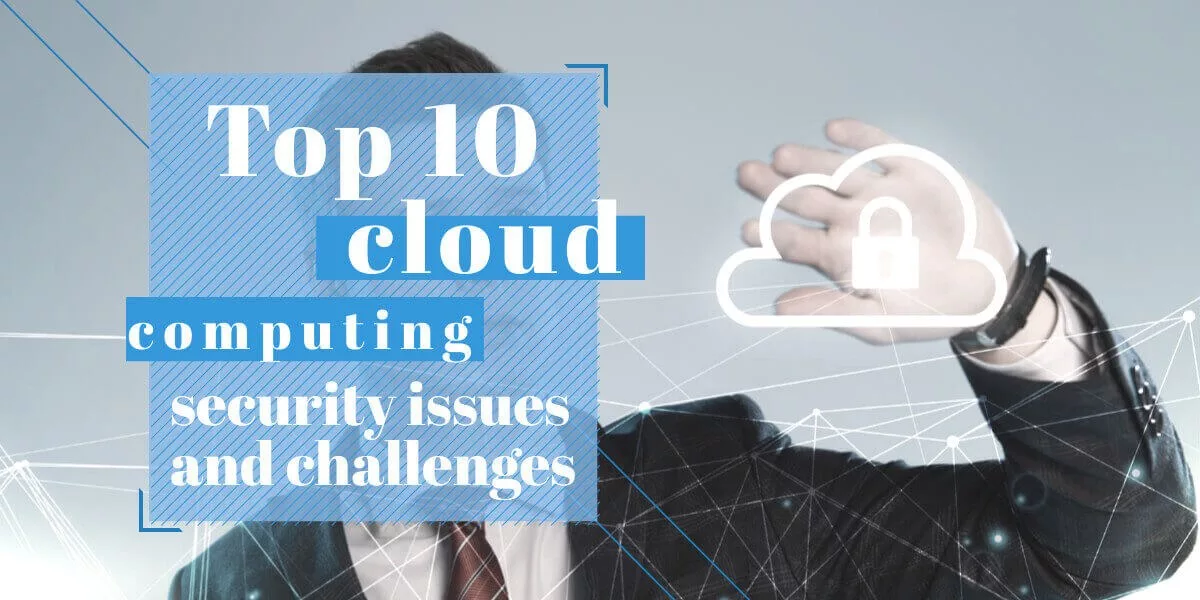What is the Cloud?
Earlier the data was limited and was stored in computers’ hard drive. But as businesses grew it became difficult to store everything in the hard drives because data increased in volume. Space became a limiting factor. More secure space was needed to store the information now. This was provided by the cloud, a virtual space where we store data and various programs. When something is in the cloud, it means it’s stored on a server instead of a hard drive. Basically, the cloud is the Internet and all of the things you can access remotely, over the Internet.
To understand the cloud better, take email service as an example. You might have a Gmail, Hotmail or Yahoo mail account. You can access your email account from anywhere in the world because your emails and the data are stored in the cloud, which can be accessed from anywhere.
 How Does Cloud Computing Work
How Does Cloud Computing Work
Cloud computing is a broad term that is used to refer to all the services delivered through the Internet as well as the computer system resources and data centres available to users. It is IT computing service if it involves computation, analytics, applications and database storage provided on demand for a fixed price without active management needed from the user.
Google search is another example of cloud computing. When you type in your search criteria, the information is passed on to Google data centres. They retrieve all the relevant data and send it back to you. So, the real work is not done by your computer, but a cloud service or data centre situated somewhere else in the world.
The Advantages of Cloud Computing
Your time is valuable, especially when you have a business to run. You don’t want to waste a second in maintaining an intricate system of computers, keeping them secure and doing their maintenance. A much simpler option is to get the service you need when you want it. You don’t have to worry about wear and tear and aging of equipment or their replacement. In this context, cloud computing is the most advantageous. IT Management is no longer your headache, but if you want to do it yourself, you may want to check out The 10-Step Checklist to Ease Your IT Management.
Should you move your business to the cloud? The short answer is the cloud has advantages and disadvantages, and whether you should move your business to the cloud all depends on your business goals and the specific needs of your operations. Ask a dork by scheduling a free no-strings-attached initial consultation.
Top 10 Cloud Computing Security Issues and Challenges
Cloud computing has ushered in a new era of data storage and transmission. However, it is not free from its own set of security issues and challenges.
1. Compliance Issues
The cloud in the true sense is a virtual world that exists in space. There are few reliable controls around it, which are by no means sufficient in ensuring compliance and IT governance. In the cloud, there is hardly ever any control over provisioning and so it becomes a management risk. Conversely, it becomes equally hard to monitor and conform to the rules and regulations pertaining to your stored data and programs and its transmission.
2. Security Breaches
A security data breach can occur in the form of compromised login credentials, broken authentication and interface hacking. In the cloud, such occurrences are not unheard of. Sensitive data is saved online, not on-premise, and this makes the cloud inadvertently unsafe. As more and more data is stored online, the associated risk also increases in the same proportion. For a determined hacker, it is a golden opportunity to test his skills. Studies have also shown that businesses that use the cloud suffer from more data breaches than companies that don’t.
 3. Migration Challenges
3. Migration Challenges
When a company migrates over to the cloud, many concerns arise. How will customers access their accounts? When you are using multiple cloud service providers, how will one cloud service provider communicate with another? How will the data be configured so that it can be easily stored without compromising its authenticity?
These are some standard concerns which every company faces while migrating. Sometimes, the lack of a proper roadmap for migration results in security issues. Due diligence at each and every step of migration is called for.
4. Hijacking or Account Seizing
Data that is stored online can be accessed from anywhere. Physical presence in the office is no longer a restricting factor.
Hackers or cyber attackers use the login credentials of the employees or business owners to remotely access their cloud data. Once they have access to the data, they can falsify or manipulate the data to their advantage. In some cases, the attackers tend to hold the data captive until a ransom is paid. Phishing and scripting bugs are other common ways of gaining unauthorised access.
5. Injecting Malware
A malware program or a bug can be directly injected into the cloud. You will not even know it because it will mimic the SaaS interface and look like a part of the normal process. Such malware can act as a Trojan stealing and eavesdropping on data.
A great example of this would be hacked cloud-based websites. They can cause massive data loss and pain to the owner of the site and can even be in breach of fraud for being the ‘owner’ of sites that could look like a bank and asking clients to enter sensitive information. One of the ways to control such attacks is through robust access control, prioritising initiatives and implementing a safe and secure technology such as two-factor authentication.
Is your network secure? You may be qualified for a Free System Audit.
6. Vulnerable APIs
Every user can customise their cloud experience using Application Programming Interfaces (APIs). These APIs can be vulnerable because they authenticate, give access and affect encryption. The most vulnerable point of an API is the communication which occurs between applications. These points are easy to exploit and pose a potential security threat.
7. Cloud Service Abuse

8. Data Loss
A natural disaster, terrorist activity, or cyber attack can cause loss of some or all data. For a business, loss of any data may be devastating and can bring upon strict legal actions. It also makes the company less reliable, and it definitely harms the company’s reputation. In order to counter such a situation, secure backup plans should be in place. Sadly, most of the companies we onboard do not have any plans or procedures for mass loss of their data in the cloud.
9. Shared Responsibility
The safety of our data in the cloud is not the sole responsibility of the cloud service provider. It is a shared responsibility.
Both the cloud service provider and the client have to take preventive measures to control and restrict unauthorised access. A little awareness like giving read-only access where required, not sharing login details, and installing multi-step authentication procedures will go a long way in making the cloud more secure.
10. Denial of Service Attacks
It becomes a problem when legitimate users are denied of service. Instead of making the site unavailable to illegitimate users, smokescreens prevent even the authentic ones. Rather than increasing the user experience, it leaves a bad impression.
The Final Word
The cloud has opened a plethora of options, all of which seem lucrative. The financial viability of the cloud makes it even more attractive. Today, doing stuff without the cloud is almost impossible. Instead of feeling cheated because of its security issues and challenges, it is time to do your bit with due diligence in making it secure. A deeper understanding of General Data Protection Regulation (GDPR), monitoring workplaces regularly, installing two-step authentication procedures, and frequently changing passwords and making them stronger are just a few ways in which you can help yourself in keeping your data secure in the cloud. Cloud computing opens a wide vista. If used judiciously, it is the best thing that could ever happen to your business.
Editor’s note: This article was originally published on 26th November 2018. It has been revamped and updated for accuracy and to reflect recent trends.
[module-379]































